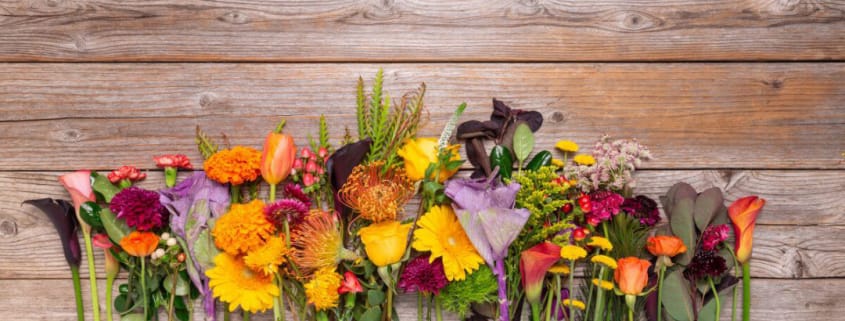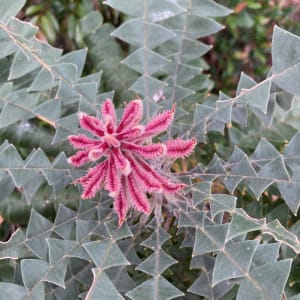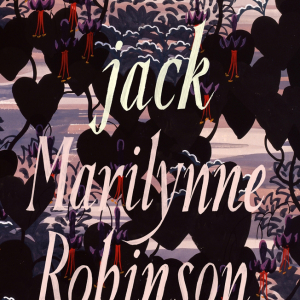The gardener’s palette
With the cooler months of the year here again, our gardens can become somewhat drab and uninteresting after a long summer so consideration should be given to adding some colour to the garden. Autumn is the ideal time to do this as transpiration rates are lower and, with the recent good rain, there is less stress on the plants through the planting process.
Colour can be added with the use of flowering plants or by plants that retain their leaves and have a colour other than green.
We can commence with annuals that can be either planted in pots or in the ground. These give instant colour and will last until the warmer weather arrives when we plant summer annuals that can withstand the warmer temperatures. Pansies, viola, primula, snapdragons and poppies are but a few that come to mind. They can be planted as immature seedlings or as plants already in flower to give an instant effect. Planted in a full sun position in a compost-enriched soil in the garden or in a premium potting mix and fed with a liquid fertiliser if you’re using pots they are a simple and inexpensive way to brighten up your day.
For a more permanent display try using perennials. One important factor to remember with perennials is that even though they do well in the full sun during autumn/winter, some might need to be planted under deciduous trees to give them protection from summer sun.
Many perennials add colour by either flower or foliage and the foliage forms can vary from deep purple to yellow and various shades of variegation. One of my favourites is the amazing Hellebore family. These beautiful plants range in colour from white to pink and purple with varieties being single or double. Nurseries specialising in this type of plant will have them in stock soon, so keep an eye out for them. Other plants to be considered are Heucheras for their variegated foliage, Penstemon ‘Huskers Red’ for its deep maroon foliage and Agastache for their interesting range of flower colours.
An amazing genus of plants is the Salvia group. Many are winter flowering and with many new varieties appearing on the market, there will certainly be one or more of these that will brighten up your autumn garden.
If annuals and perennials don’t take your fancy, then consider shrubs that have either variegated or coloured foliage. Many plants with variegated foliage add another interesting dimension to your garden as their standout beauty in autumn is highlighted by the fact that many other plants nearby are starting to defoliate for winter.
Abelia, a small shrub suited to either hedging or as a single specimen plant is a great addition to any garden to add all year round interest. There are two lovely forms available at the moment, one with a green and silver variegation and the other green and gold. These two will take part shade or full sun. Other variegated plants for the coastal garden include Euonymous, Aucuba and Euphorbia.
Single-coloured foliage plants that have standout beauty in their foliage but also the added bonus of flowers are also a great addition for the autumn garden. Loropetalum with its burgundy foliage and pink flowers is a beauty. This can be hedged or used as a single garden specimen. Teucrium with its silver foliage and purple flowers is a good one for a coastal garden.
One should not forget the amazing selection of Australian natives that flower in the autumn and these beauties not only add colour but also supply food for nectar feeding birds that need extra nourishment during the colder months coming up.
There are many maintenance jobs that need doing during autumn so if you are unsure of these, pop into your local nursery for some qualified horticultural advice.



